Understanding Blast Freezer Temperature Guidelines from Leading Manufacturers for Optimal Performance
Understanding Blast Freezer Temperature Key Insights for Manufacturers
In the food preservation and processing industry, maintaining optimal temperature conditions is critical for ensuring product integrity, safety, and quality. One essential piece of equipment in achieving these goals is the blast freezer. A blast freezer is designed to rapidly cool food products, preserving their freshness and extending shelf life. This article explores the importance of blast freezer temperature, its operation, and considerations for manufacturers.
What is a Blast Freezer?
A blast freezer is a specialized refrigeration system that enables quick freezing of food products by lowering the temperature rapidly, usually to around -18°C (0°F) or lower. This process is particularly important for perishable items like meat, seafood, fruits, and vegetables. The rapid freezing ensures that ice crystals formed during the freezing process are smaller, which helps preserve the cellular structure of the food. A smaller ice crystal formation ultimately results in better texture, taste, and nutritional value when the food is thawed.
The Importance of Blast Freezer Temperature
The temperature at which a blast freezer operates directly impacts the quality of the frozen products. If the freezing process is too slow, larger ice crystals can form, which may rupture cell walls and lead to a mushy texture post-thaw. This deterioration can be detrimental for manufacturers, affecting customer satisfaction and leading to potential losses.
Moreover, maintaining the appropriate blast freezer temperature is essential for food safety. Pathogens that can cause food spoilage thrive at certain temperature ranges. By quickly reducing the temperature of products, manufacturers significantly mitigate the risk of bacterial growth. Consequently, adhering to stringent temperature guidelines is not only a best practice but also a regulatory requirement in many regions.
Key Factors Influencing Blast Freezer Temperature
1. Ambient Temperature The external environment's temperature can affect how efficiently a blast freezer operates. Manufacturers need to consider the design and insulation of their facilities to support optimal freezing conditions.
2. Airflow Proper airflow is critical in a blast freezer. The circulation of cold air ensures that all parts of the freezer reach the designated temperature quickly and uniformly. Poor airflow can lead to uneven freezing, affecting product quality.
blast freezer temperature manufacturer

3. Load Size and Density How products are loaded into a blast freezer can influence cooling rates. Overloading or stacking items can impede airflow, resulting in inconsistent freezing throughout the batch.
4. Control Systems Advanced blast freezers are equipped with sophisticated control systems that monitor and adjust temperature, humidity, and airflow. These systems enable manufacturers to maintain precise conditions tailored to specific product requirements.
Selecting the Right Blast Freezer for Manufacturing Needs
For manufacturers, choosing the right blast freezer is crucial. Factors to consider include
- Capacity Assessing the size and production volume will determine the necessary capacity of the blast freezer.
- Temperature Range Different products may require varying freezing temperatures, so it’s important to choose a unit that can accommodate these needs.
- Energy Efficiency Energy costs are a significant consideration for manufacturers. Opting for energy-efficient models can lead to substantial savings over time.
- Maintenance and Reliability Selecting equipment that requires minimal maintenance and has a proven track record for reliability can reduce downtime and operational costs.
Conclusion
In conclusion, understanding and managing blast freezer temperatures is essential for manufacturers involved in food production and preservation. By ensuring rapid and consistent freezing processes, manufacturers can safeguard product quality and extend shelf life. The implications of improper freezing extend beyond quality; they also impact food safety, customer satisfaction, and overall profitability. Therefore, investing in appropriate blast freezer technology and adhering to best practices is critical to success in the competitive food manufacturing landscape. As demands for high-quality frozen products continue to rise, so will the importance of innovative freezing solutions in the industry.
















































































































